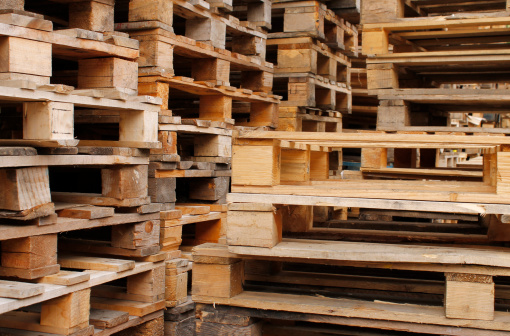Designing a custom crate involves more than just empirical measurements – what you are shipping will largely determine the quality of lumber and construction of the crate itself. Here are three ways custom crating solutions differ depending on your shipment’s specific needs:
1. Disposable vs. Returnable Crates
When designing a custom crate, one of the first major considerations is whether it will be disposable or reusable.
Disposable crates can be made more cheaply and out of less expensive lumber, because they are not designed to last longer than a single shipment. The decision to use disposable crates is based on logistics, and whether it’s more cost-effective to try and get the crate back or simply let it go.
With returnable crates, you’ll receive the crate back after shipment is complete. This isn’t always financially viable, but sometimes paying for the return of a large number of crates can be cheaper than simply buying new ones. It’s also more environmentally conscious, which is why returning crates is encouraged whenever possible. Returnable crates are often broken down and shipped back in large volumes, and then reassembled after delivery.
2. Knock-Down Crates
Depending on your shipment, the manufacturer of your custom crating solution may decide to use a knock-down crate. Knock-down crates are similar to returnable crates, but instead of being broken down, they are dismantled by flipping down the sides and the lid into a pre-manufactured fashion. Sometimes, it’s easier to ship crates in knocked-down form, and assemble on the customer’s end. This makes it easier to secure the product, or fit more on a single bunk of a truck, making that trip more efficient and saving time and money.
3. Opening Up the Possibilities
The way in which crates open up is also determined by customer specifications. The load can be accessed whichever way is easiest: only the lid can open, or the lid and a single side, or all sides can fold down. Some customers only need to get in to bolt the product to the crate, so the lid and a single side is preferable; others prefer a side and an end, so the lid can stay on, because taking the lid on and off is difficult with taller, heavier crates.
These are just some of the ways that crating solutions can be customized to fit your specific shipment needs. Contact your custom crating provider to learn more about how custom crates can help with your next shipment.





